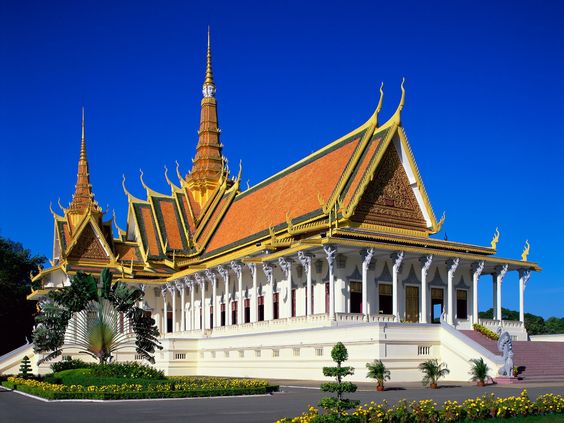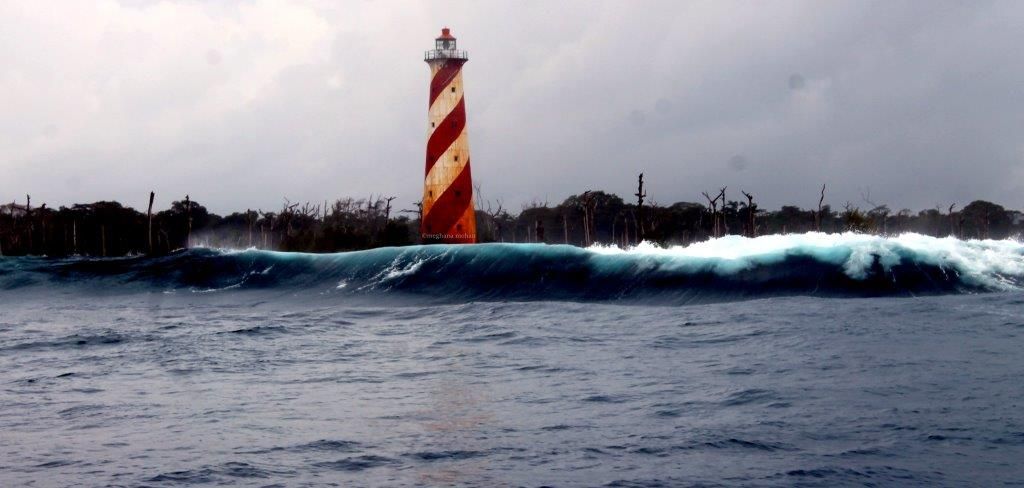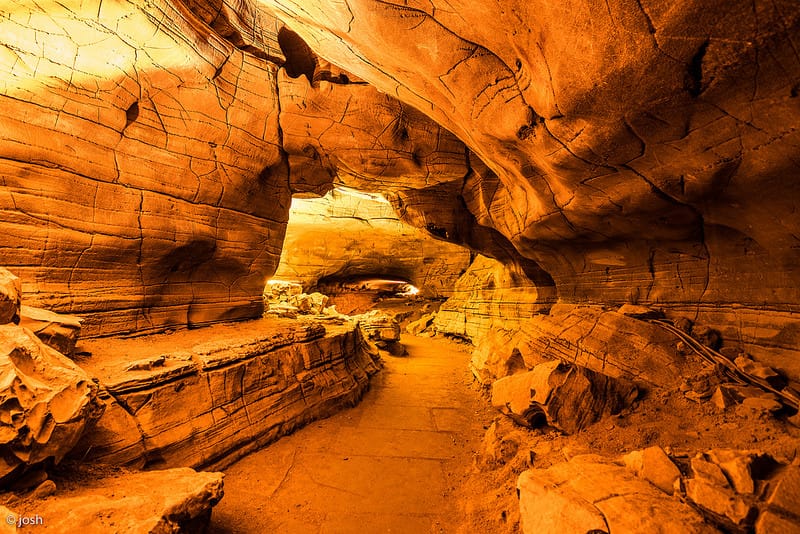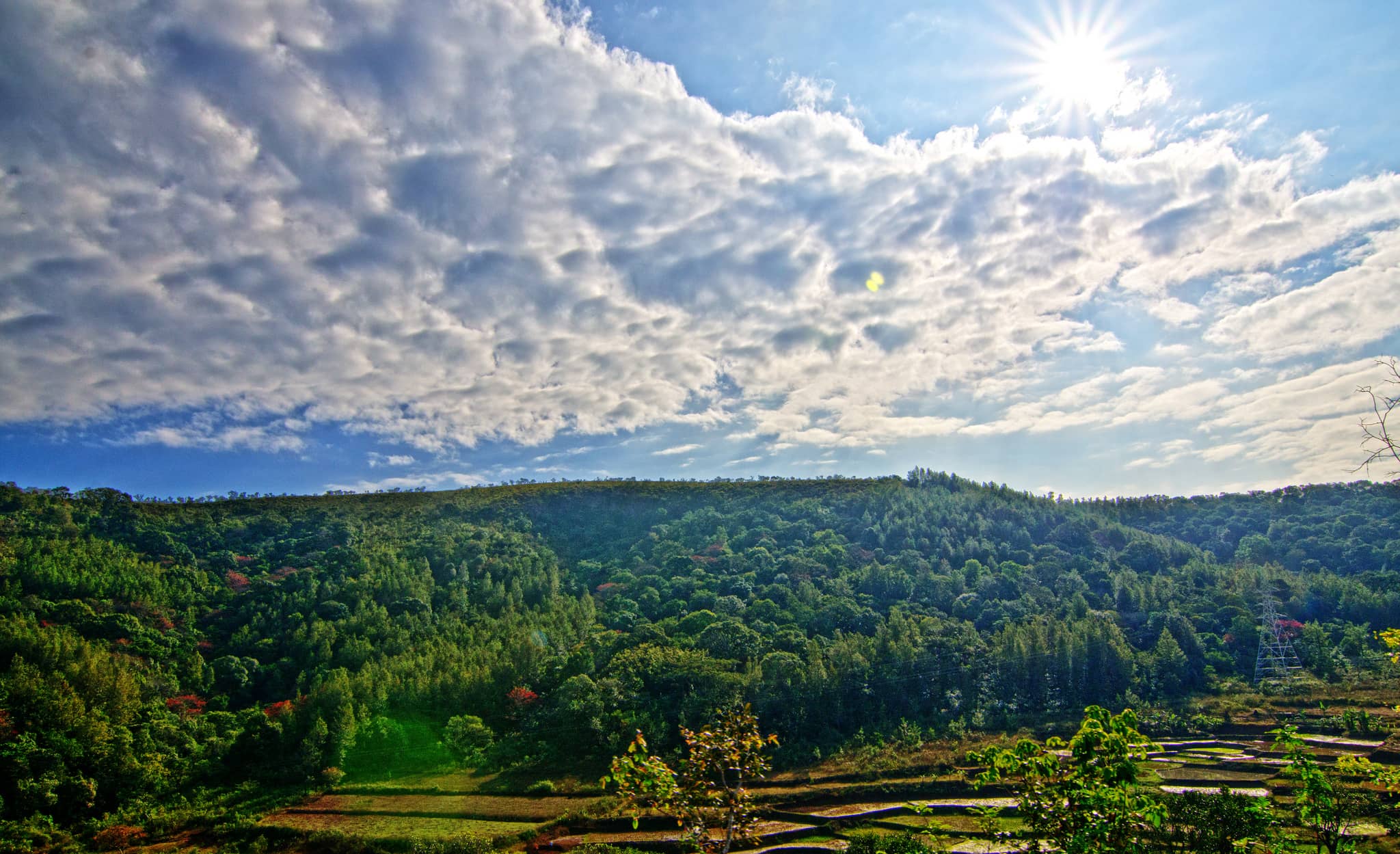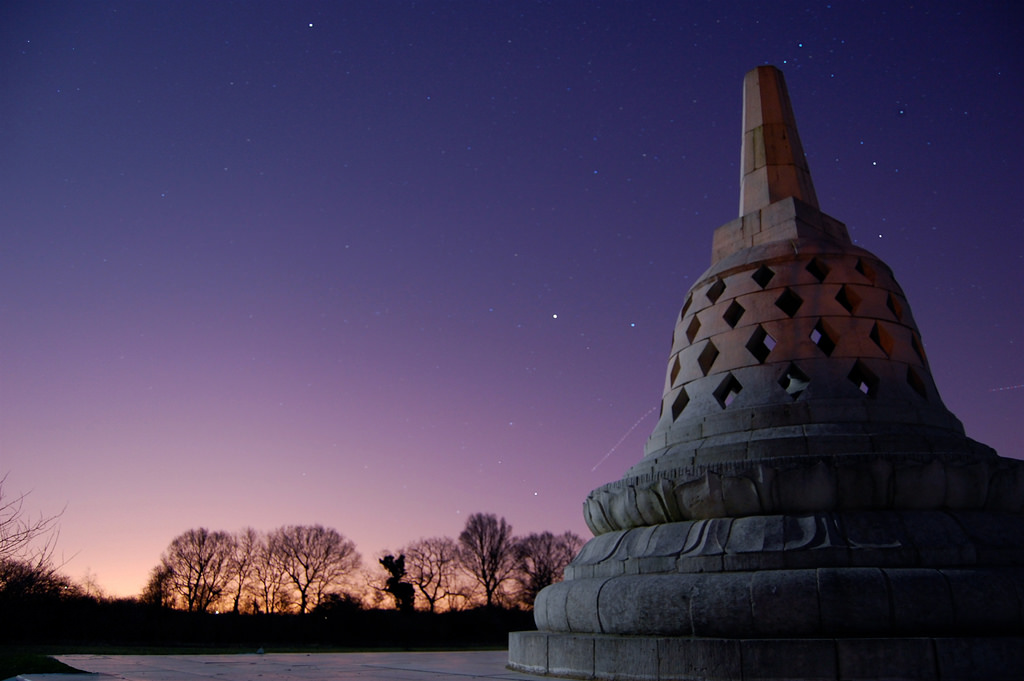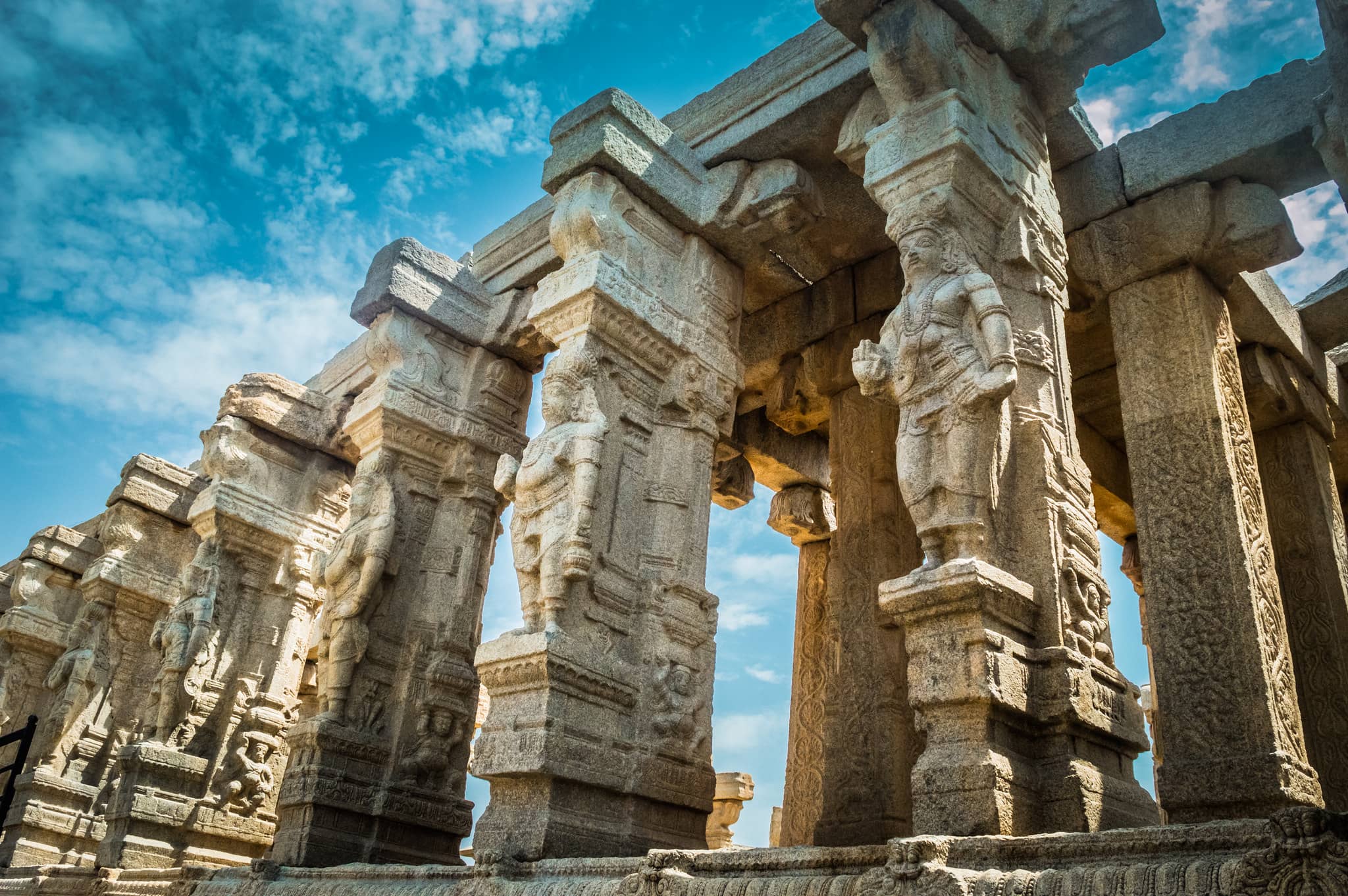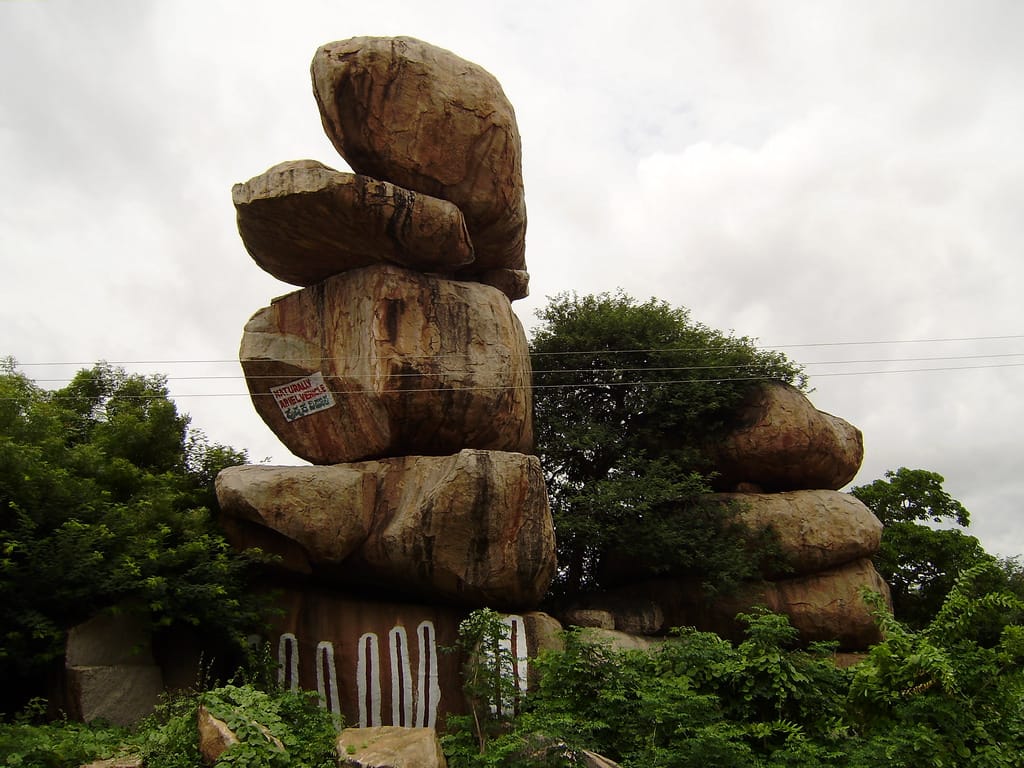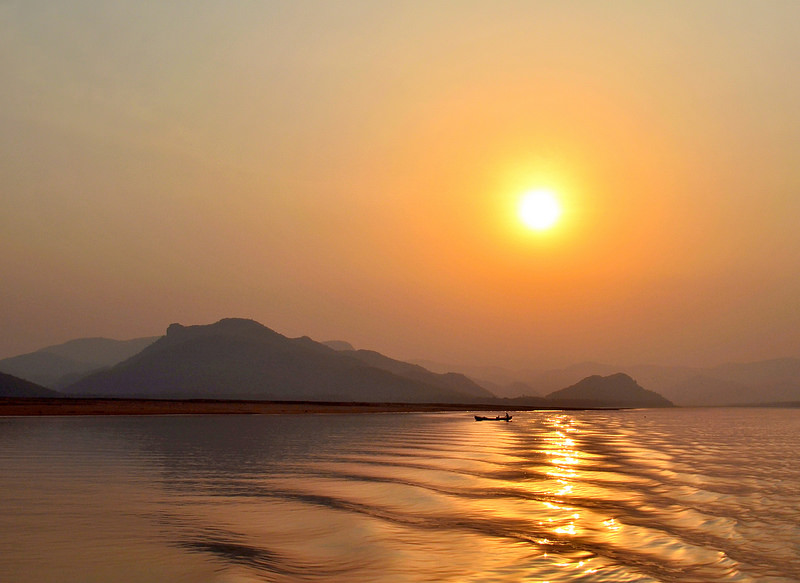Phnom Penh is Cambodia’s bustling capital, located where the Mekong and Tonlé Sap rivers meet. The city has a rich history, once being a center for the Khmer Empire and later, the French colonists. Along the riverfront, you’ll find parks, restaurants, bars, and landmarks like the Royal Palace and Silver Pagoda. The National Museum here showcases artifacts from across Cambodia. The Central Market, with its art deco design, is a major shopping spot.
Street 240 is filled with cafes, stylish restaurants, and boutiques, while the Russian Market in the south offers a variety of goods. The French Quarter has charming, old buildings like the yellow Cambodia Post Office. Wat Phnom, a Buddhist temple, sits on a hilltop overlooking the city. The Tuol Sleng Genocide Museum and Killing Fields memorials nearby offer a somber look at Cambodia’s tragic past under the Khmer Rouge.
Phnom Penh – places to visit in Phnom Penh
Royal Palace

The Royal Palace in Phnom Penh, Cambodia, is a group of buildings that serves as the residence of the King.
It is located in Chey Chumneas and is also known as Preah Barum Reachea Veang Chaktomuk Serei Mongkol in Khmer.
The palace is an important symbol of the Cambodian monarchy and a popular tourist attraction.
Its beautiful architecture reflects traditional Khmer style.
Visitors can explore the palace grounds and see various cultural sites.
Tuol Sleng Genocide Museum

Tuol Sleng Genocide Museum in Phnom Penh was once a school but became a prison during the Khmer Rouge era.
It is also known as Security Prison 21 (S-21), where thousands of Cambodians were tortured and killed.
The museum serves as a memorial to the victims of the Cambodian genocide.
It tells the story of the suffering and loss experienced during the Khmer Rouge regime.
Today, it is a sobering reminder of Cambodia’s tragic history.
Choeung Ek
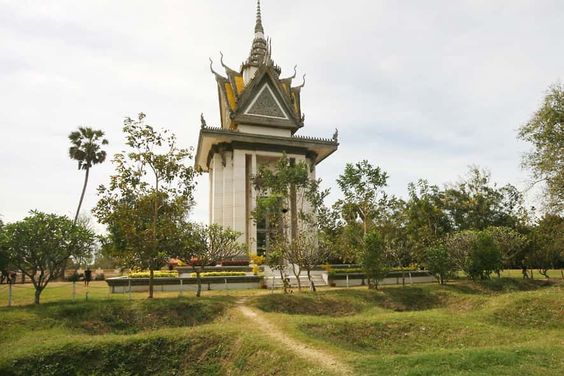
Choeung Ek is a former orchard turned mass grave site located about 17 kilometers south of Phnom Penh.
During the Khmer Rouge regime, thousands of people were killed here between 1975 and 1979.
A glass-walled stupa filled with skulls serves as a memorial to those lost.
The site is now a place of reflection and remembrance for visitors.
It highlights the cruelty of the Khmer Rouge era and honors the victims.
Wat Phnom
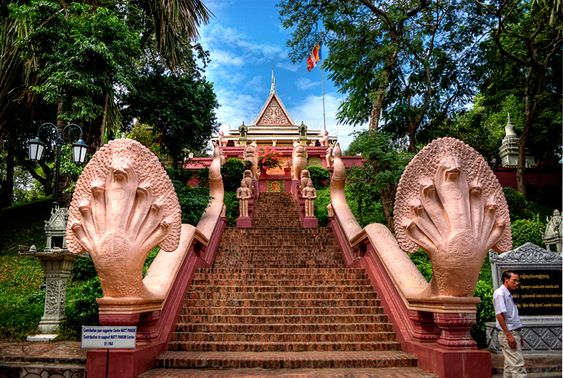
Wat Phnom is a Buddhist temple in Phnom Penh, built in 1372.
It is the tallest religious structure in the city, standing 27 meters high.
The temple is considered the center of Phnom Penh and a significant cultural landmark.
It is located on a hill, offering a panoramic view of the city.
Wat Phnom remains an important place for both locals and tourists alike.
National Museum of Cambodia
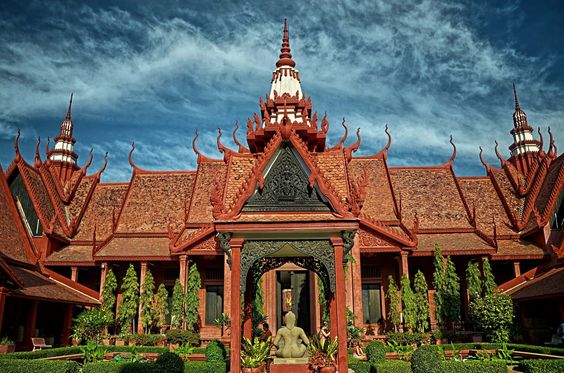
The National Museum of Cambodia in Phnom Penh is the country’s largest museum of cultural history.
It displays an extensive collection of Khmer art, artifacts, and religious relics.
The museum building, completed in 1920, is inspired by traditional Cambodian temple architecture.
It is a key destination for anyone interested in learning about Cambodia’s past.
The museum’s exhibits provide insight into the rich cultural heritage of Cambodia.
Silver Pagoda
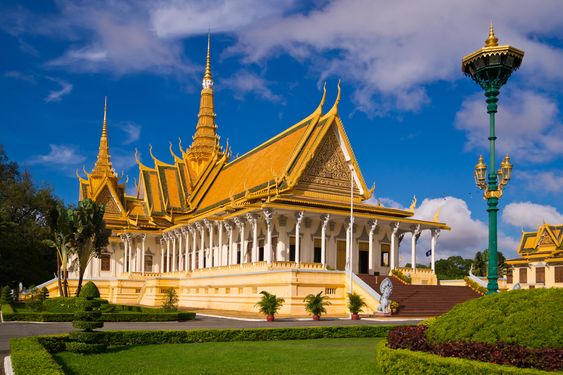
The Silver Pagoda is located within the Royal Palace complex in Phnom Penh.
It is also known as Wat Preah Keo and is one of the most important Buddhist temples in Cambodia.
The pagoda is famous for its floor made of silver tiles, hence its name.
It houses many priceless treasures, including statues of the Buddha.
The Silver Pagoda is an iconic religious site in Cambodia.
Independence Monument
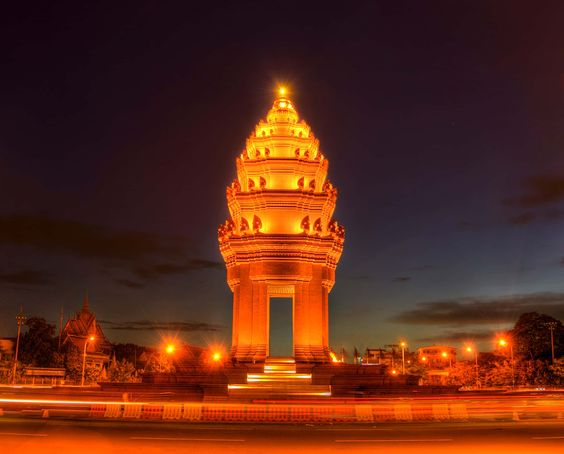
The Independence Monument in Phnom Penh was built in 1958 to mark Cambodia’s independence from France.
It stands at the intersection of Norodom Boulevard and Sihanouk Boulevard.
The monument is a symbol of national pride and freedom for Cambodians.
Its unique design blends traditional Khmer and modern styles.
It is an important landmark in the city, often used for national celebrations.
Central Market
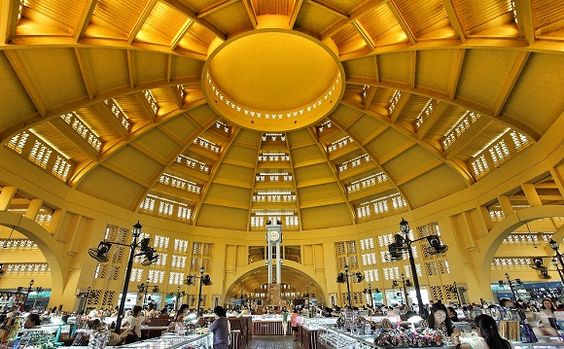
The Central Market in Phnom Penh is a famous Art Deco building that opened in 1937.
It features a large, 26-meter-high central dome and four radiating arms.
The market is a bustling hub, offering a wide variety of goods.
Visitors can find everything from clothing to jewelry to local snacks.
It is one of Phnom Penh’s top shopping destinations.
Wat Ounalom
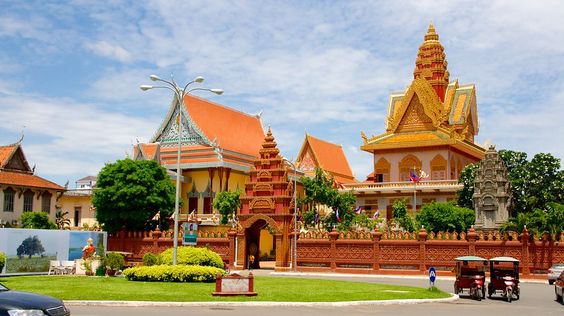
Wat Ounalom is a Buddhist temple in Phnom Penh, located near the Royal Palace.
It is the most important temple in the city and serves as the center of Cambodian Buddhism.
Founded in 1443, it is home to 44 structures and holds many religious relics.
The temple is a significant site for both religious practices and Cambodian history.
It remains an active place of worship and a tourist attraction.
Tonle Bati
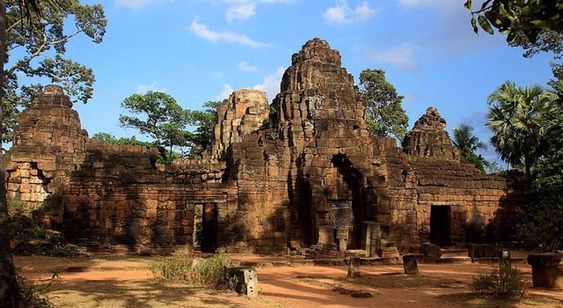
Tonle Bati is a small lake located about 30 kilometers south of Phnom Penh.
It is a popular weekend getaway for locals and visitors alike.
The lake is a favorite spot for fishing and enjoying nature.
Surrounding the lake are temples and peaceful scenery, making it a relaxing destination.
It is a great place to escape the bustle of the city for a while.
Statue of King Father Norodom Sihanouk
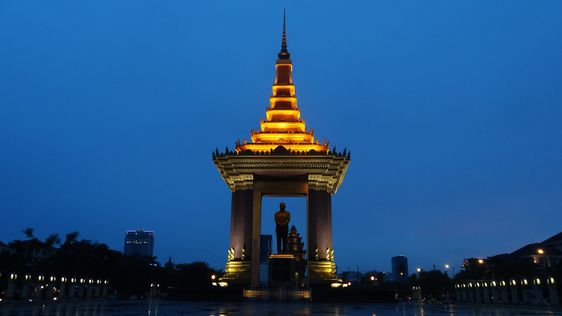
The Statue of King Father Norodom Sihanouk is a tribute to Cambodia’s former king.
Located in Phnom Penh, the statue stands under a large stupa near the Independence Monument.
The bronze statue is 4.5 meters tall and honors his contribution to Cambodia’s independence.
It is a popular landmark and a symbol of respect for the late king.
The memorial serves as a place for Cambodians to remember and honor their former leader.
Best time to visit Phnom Penh
The ideal time to visit Phnom Penh is in December and January. These months offer the driest weather, with lower humidity and cooler temperatures. It’s a pleasant time to explore the city. The weather is more comfortable for outdoor activities. Visitors will find it more enjoyable during these months.
